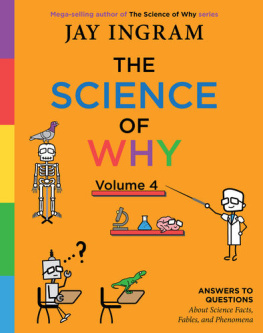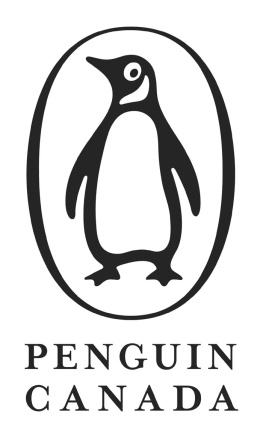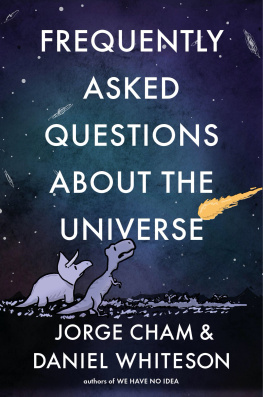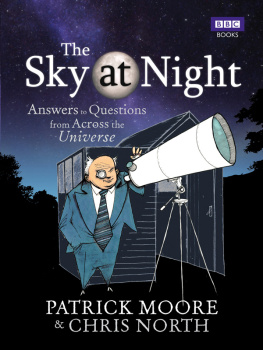Thank you for downloading this Simon & Schuster ebook.
Get a FREE ebook when you join our mailing list. Plus, get updates on new releases, deals, recommended reads, and more from Simon & Schuster. Click below to sign up and see terms and conditions.
CLICK HERE TO SIGN UP
Already a subscriber? Provide your email again so we can register this ebook and send you more of what you like to read. You will continue to receive exclusive offers in your inbox.
We hope you enjoyed reading this Simon & Schuster ebook.
Get a FREE ebook when you join our mailing list. Plus, get updates on new releases, deals, recommended reads, and more from Simon & Schuster. Click below to sign up and see terms and conditions.
CLICK HERE TO SIGN UP
Already a subscriber? Provide your email again so we can register this ebook and send you more of what you like to read. You will continue to receive exclusive offers in your inbox.
Also by Jay Ingram
The Science of Why: Answers to Questions About the World Around Us
The End of Memory: A Natural History of Aging and Alzheimers
Fatal Flaws: How a Misfolded Protein Baffled Scientists and Changed the Way We Look at the Brain
Theatre of the Mind: Raising the Curtain on Consciousness
Daily Planet: The Ultimate Book of Everyday Science
The Daily Planet Book of Cool Ideas: Global Warming and What People Are Doing About It
The Science of Everyday Life
The Velocity of Honey: And More Science of Everyday Life
The Barmaids Brain and Other Strange Tales from Science
The Burning House: Unlocking the Mysteries of the Brain
A Kids Guide to the Brain
Talk Talk Talk: Decoding the Mysteries of Speech
Its All in Your Brain
Real Live Science: Top Scientists Present Amazing Activities Any Kid Can Do
Amazing Investigations: Twins

Simon & Schuster Canada
A Division of Simon & Schuster, Inc.
166 King Street East, Suite 300
Toronto, Ontario M5A 1J3
www.SimonandSchuster.ca
Copyright 2017 by Mr. Science Productions Inc.
All rights reserved, including the right to reproduce this book or portions thereof in any form whatsoever.
For information, address Simon & Schuster Canada Subsidiary Rights Department, 166 King Street East, Suite 300, Toronto, Ontario M5A 1J3.
This Simon & Schuster Canada edition November 2017
SIMON & SCHUSTER CANADA and colophon are registered trademarks
of Simon & Schuster, Inc.
For information about special discounts for bulk purchases, please contact Simon & Schuster
Special Sales at 1-800-268-3216 or .
Cover and illustrations by Tony Hanyk, tonyhanyk.com
Interior design by David Gee
Cover Design and Illustrations by Tony Hanyk, Tonyhanyk.com
Library and Archives Canada Cataloguing in Publication
Ingram, Jay, author
The science of why: answers to questions about the universe, the unknown and ourselves / Jay Ingram.
Issued in print and electronic formats.
ISBN 978-1-5011-7276-2 (hardcover)ISBN 978-1-5011-7277-9 (ebook)
1. SciencePopular works. I. Title.
Q162.I557 2016500 C2017-903214-3
C2017-903215-1
ISBN 978-1-5011-7276-2
ISBN 978-1-5011-7277-9 (ebook)
To the 2017 version of the Brady Buncheven if they dont read it
Contents
Part 1 The Great Beyond
Are we alone in the universe or are aliens out there?
Y OU CANT EVEN START TO answer this question unless you believe that lifeintelligent life at thatcould have begun on planets other than Earth. You dont have to believe that: its still quite possible that we are unique in the universethat no matter how many billions of galaxies exist, containing billions of stars that have untold billions of planets orbiting them, were the only ones. But the attitude that were the center of everything has been eroding since the 1500s and has reduced us from being the one and only to being one of eight planets orbiting a humdrum star in one of an incalculable number of galaxies.
Its challenging to figure out whether were alone in the universe when we dont yet have evidence of life anywhere else. But theres a way of approaching it, mostly thanks to astronomer Frank Drake, who, in 1961, invented something called the Drake equation.
The Drake Equation is a series of unknown quantities that give a sense of what we have to know before we can be confident that there are other intelligent civilizations out there. Its written like this:
Translated into English, the equation says that N is the number of technologically advanced civilizations out there right now that we might be able to discover. Exciting stuff! N means extraterrestrials. N means aliens!
But N is dependent on everything to the right of the equals sign. As each term is taken into account, N shrinks. That means the chances of us finding another species in the universe, then, is based on:
Rx = the total number of stars fP = the fraction of those stars with planets ne = the number of planets that are the right distance from their star to allow the existence of life fl = those planets that actually do support life fi = those where intelligent life managed to evolve fc = the ones that acquired advanced communications technology and the last number, L = the number of technological civilizations that actually survive long enough for us to detect them.
When Drake came up with his equation, many of the numbers in it could only be guessed at. But since then weve managed to get a little more exact.

Science Fiction ! We are most familiar with life-forms evolving on land or in water. But are there other possibilities? Two famous astronomers, Fred Hoyle and Carl Sagan, imagined weird and wild gaseous life-forms. In Hoyles late-1950s science fiction novel The Black Cloud, a giant cloud of dust and gas invades our solar system and blocks out the sun, threatening all life on earth. The cloud, more intelligent than us, lived off the energy of radiation from starswhat we call sunlight. Earth was saved when the cloud decided to move on. Carl Sagan, in a paper for NASA, put forth the idea of three kinds of giant balloon-like organisms existing in the atmosphere of Jupiter: floaters, sinkers and predators. Floaters would be kilometers in size and would survive by gathering sunlight or processing the chemicals in the atmosphere. Sinkers, like the oceans plankton, would slowly fall through the atmosphere but could absorb other things as they fell (such as floaters), the way raindrops grow as they fall. And hunters, of course, would target other organisms to absorb .
Planets orbit stars, so, to start, we need to know how many stars there are in the universe. Our galaxy, the Milky Way, has at least 100 billion stars, and that could be roughly the same number in any galaxy. There are somewhere between 10 billion and 10 trillion galaxies, so if you multiply those numbers (using the larger estimate of galaxies), you get an incomprehensible 1,000,000,000,000,000,000,000,000. Lots of stars.
Next page










